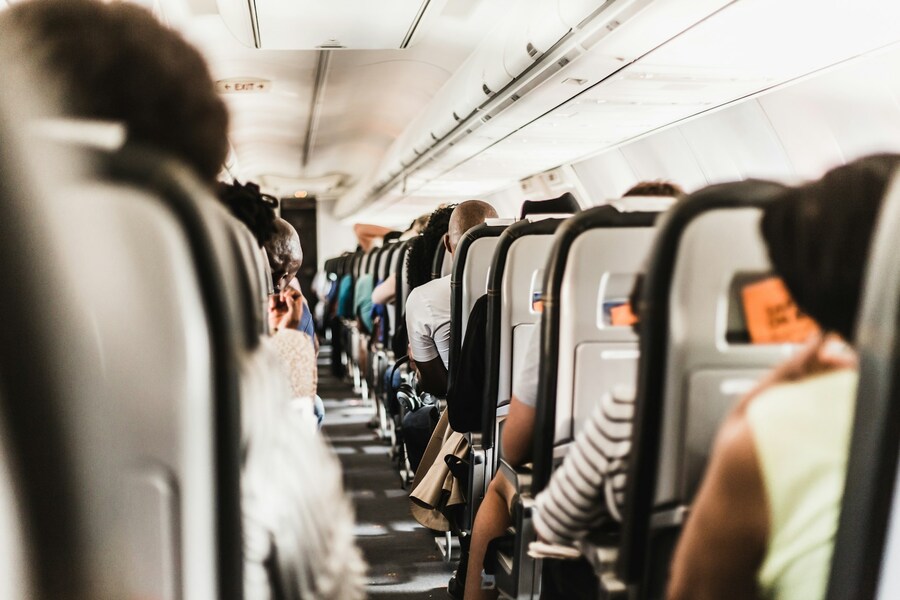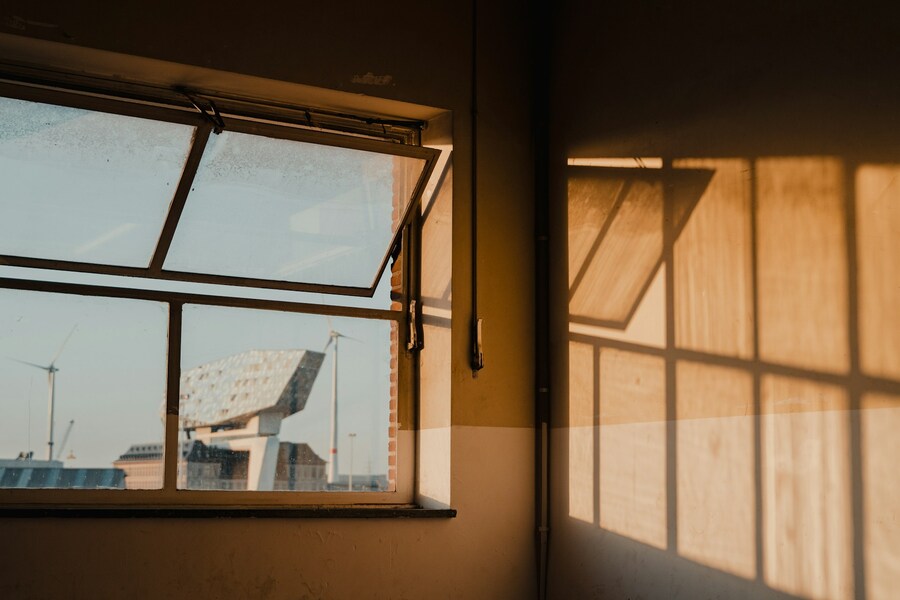The romance of travel often focuses on the destination: the vibrant markets, the ancient ruins, the sun-drenched beaches. We meticulously plan our itineraries, book our hotels, and research the local cuisine, yet we often overlook one of the most fundamental elements of the journey itself: the very aircraft that lifts us across continents. While to many a plane is just a plane – a silver tube with wings – the specific model, its design, and its operational philosophy have a profound, often underappreciated, impact on the entire travel experience. From the moment you step aboard to the moment you disembark, the airplane determines your comfort, the cabin atmosphere you breathe, and even the environmental footprint you leave behind. This deeper understanding of aeronautical choices transforms a mere flight into an informed part of the adventure, allowing travelers to make better choices and appreciate the sophisticated engineering that makes modern global mobility possible. Ignoring the aircraft is akin to ignoring the quality of the tires on a road trip; it's a critical factor in both safety and enjoyment that deserves closer attention.
How does the fuselage design of your plane define your entire long-haul experience?
Narrow-body vs. wide-body aircraft

Source: Gerrie van der Walt/Unsplash
The most immediate and apparent difference in aircraft design lies in the cross-section of the fuselage. Narrow-body aircraft, like the ubiquitous Boeing 737 or the Airbus A320 families, are defined by a single aisle running down the center, typically featuring 3+3 seating configurations in economy class. These aircraft are the workhorses of short-to-medium-haul routes, dominating domestic and regional skies. Their compact design makes them efficient for quick turnarounds and ideal for routes with moderate demand. Their main drawback for passengers can be a feeling of confinement, as the lower ceiling and narrowness of the cabin offer less room to move and fewer options for onboard service flow, especially when all seats are occupied. The shorter duration of their typical flights, however, often mitigates this limitation.
In stark contrast are the wide-body aircraft, recognizable by their 2 aisles and significantly wider fuselage. Models like the Boeing 777, Airbus A330, and the colossal A380 fall into this category. These are the kings of long-haul, intercontinental travel, designed to carry hundreds of passengers and massive amounts of cargo over vast distances. The dual aisles and wider cabin cross-section allow for more diverse seating arrangements, often including 2-4-2 or even 3-4-3 layouts in economy, depending on the model and airline. Crucially, the larger volume creates a palpable difference in the psychological experience of flying. Passengers benefit from higher ceilings, more overhead storage, and the ability to walk around more freely. The stability offered by their sheer size and powerful engines also tends to make for a smoother ride, mitigating turbulence more effectively than their smaller counterparts. For any trip spanning 8 hours or more, selecting a wide-body aircraft becomes less a preference and more a necessity for maintaining sanity and comfort. This distinction is paramount, whether you're planning a quick weekend getaway or need long-term airport parking for a week as you head overseas.
Inside the cabin
The cabin is, quite literally, the traveler's world for the duration of the flight, and its design elements directly influence well-being. Modern aircraft are increasingly being designed with a focus on human factors, a field of study dedicated to optimizing the interaction between humans and their environments. In newer models, like the Boeing 787 Dreamliner and the Airbus A350, engineers have introduced game-changing features. The most immediately noticeable improvements are the larger windows and LED mood lighting systems. The larger windows of the 787, for example, are a full 65% larger than those on older airliners, offering better views and a greater feeling of connection to the outside world, a small but effective antidote to claustrophobia. The electronic dimming feature replaces the traditional pull-down shade, allowing the flight crew to manage the light levels more effectively to align with passenger circadian rhythms, assisting in the mitigation of jet lag.
Moreover, the design of the lavatories, galleys, and even the air conditioning ducts are optimized for both passenger comfort and crew efficiency. Better filtration systems, especially those utilizing High-Efficiency Particulate Air (HEPA) filters, are standard on all modern commercial jets, effectively cleaning the cabin air of over 99.9% of dust, pollen, and airborne contaminants, cycling the entire cabin volume with fresh air every few minutes. The placement and design of overhead bins also contribute significantly to the perceived spaciousness, especially in models with 'Space Bins' that offer greater capacity and sit lower for easier access. The culmination of these small, technical details – from the curve of the ceiling to the quality of the seat fabric – transforms the otherwise mundane experience of being strapped into a chair for hours into a tolerable, and sometimes even enjoyable, transit.
Cabin pressurization

Source: Denes Kozma/Unsplash
Perhaps the most critical, yet least understood, aspect of the in-flight environment is cabin pressurization. Commercial aircraft typically cruise at altitudes between 30,000 and 42,000 feet, where the outside air is too thin and cold to sustain human life without assistance. To counteract this, the cabin is pressurized to simulate a much lower altitude. In older generation aircraft, the cabin altitude typically felt equivalent to being on a mountain peak of about 8,000 feet. While safe, this lower pressure and humidity level can lead to common complaints like headaches, fatigue, and dehydration. The body works harder to absorb oxygen, and the drier air irritates the eyes and sinuses.
The latest generation of aircraft, particularly those utilizing advanced composite materials like the 787 and A350, have revolutionized this. Because their carbon-fiber fuselages are more resistant to metal fatigue and corrosion than traditional aluminum bodies, they can safely be pressurized to a lower, more comfortable cabin altitude, typically simulating an environment closer to 6,000 feet. This seemingly minor difference has a huge physiological impact. Passengers absorb more oxygen, leading to less fatigue, fewer headaches, and an overall better sense of well-being upon arrival. The use of composites also allows these planes to maintain higher levels of cabin humidity, further combating dehydration and dry-eye discomfort. When you're looking to secure an airport parking promotion for your vehicle before your flight, take a moment to consider the difference a 2,000-foot reduction in cabin altitude can make on a long journey – it's a difference that truly matters to your health and post-flight recovery.
Short hauls
While the wide-body jets capture the imagination, the fleet of narrow-body aircraft is responsible for the vast majority of air travel movements. Short-haul flights – typically those under 3 hours – rely almost exclusively on models like the A320 and 737 families, along with regional jets, such as the Embraer E-Jets and the Bombardier CRJs. On these flights, the focus shifts away from luxury and towards speed, efficiency, and operational reliability. Quick boarding and deplaning times are essential, which is why the single-aisle design is preferred. The compact size of regional jets, in particular, allows them to service smaller, community airports with shorter runways and less extensive infrastructure.
For the passenger, short-haul travel is all about the ground experience. The in-flight experience is often minimalist – a quick drink service, maybe a snack, and minimal entertainment. Therefore, the choice of aircraft affects the traveler less in terms of cabin luxury and more in terms of reliability and scheduling. A well-maintained fleet of newer narrow-body jets, often incorporating fuel-saving winglets and advanced avionics, suggests an airline that prioritizes efficiency and on-time performance. However, even on short trips, a little pre-planning goes a long way. Understanding the typical aircraft type for a route can inform your seat choice; for example, newer A320neos often offer a slightly wider seat than older models. Moreover, as many travelers choose to drive to their originating airport, having a reliable service for ground transportation and parking is vital. For travelers seeking competitive rates and convenience, especially when considering the fluctuating airport car parking fees, a resource like ParkingNearAirports.io offers peace of mind by providing a variety of parking options, from short-term to extended stays, often with shuttle services included.
Environmental impact

Source: Michiel Annaert/Unsplash
In the modern era of conscious travel, the environmental footprint of our chosen mode of transport is an increasingly important factor. Aviation accounts for a significant portion of global carbon emissions, and the aircraft chosen for a flight plays a key role in minimizing this impact. Newer generation aircraft aren't just more comfortable; they are substantially more fuel-efficient, representing the industry's greatest strides toward sustainability. The shift from older jets to models like the Airbus A320neo, the Boeing 737 MAX, the 787 Dreamliner, and the A350 XWB has been driven largely by this imperative.
These new-generation aircraft incorporate lighter composite materials, which reduce the overall weight, and feature highly efficient, next-generation engines (like the Rolls-Royce Trent XWB or the General Electric GEnx). These engines use significantly less fuel per passenger mile, translating directly to lower carbon dioxide and nitrogen oxide emissions. For instance, the Boeing 787 is cited as being 20% more fuel-efficient than the aircraft it was designed to replace. Similarly, the use of blended winglets and sharklets on older aircraft retroactively improves their performance by reducing drag. As a traveler, consciously choosing to fly on a newer model or an airline with a modern, fuel-efficient fleet is a tangible way to reduce your personal contribution to aviation emissions. This choice aligns your travel goals with a commitment to a more sustainable planet, proving that the aircraft decision is about more than just personal comfort; it's a moral and environmental consideration for the global community. Ultimately, every flight, whether short or long-haul, is a collective journey toward a more responsible future, and the technology under our wings is the vehicle driving that progress.
Conclusion
The airplane, far from being a mere tool of transport, is a complex, meticulously engineered environment that shapes the very core of your travel experience. From the macro distinction between a single-aisle workhorse and a double-aisle globe-trotter to the micro-level comfort provided by higher humidity and lower cabin altitude, the specific aircraft model truly counts. Recognizing the difference between a legacy airframe and a composite-laden new-generation jet empowers the traveler to make more informed decisions, enhancing comfort, mitigating jet lag, and even allowing one to select a lower-carbon option. As you plan your next great escape, consider the plane not just as a means to an end, but as a critical element of your journey – one that deserves the same thoughtful consideration as your choice of destination and accommodation. Understanding the mechanics of modern flight transforms the passive act of flying into an active, appreciative engagement with the wonder of global mobility.






